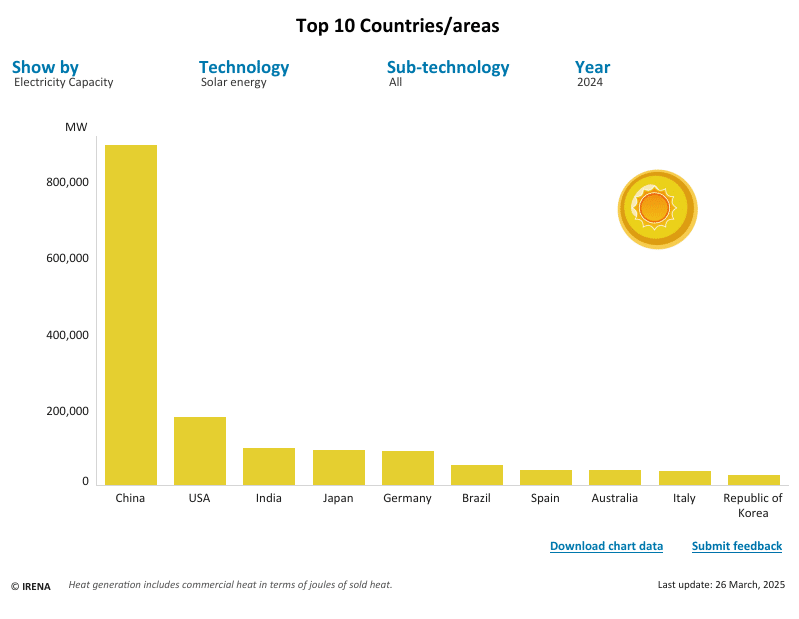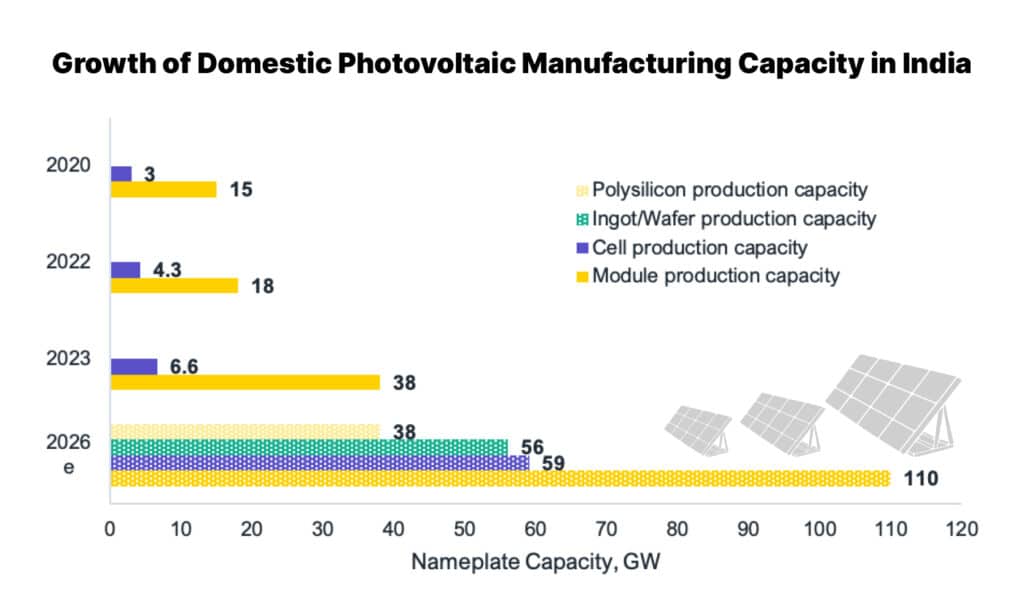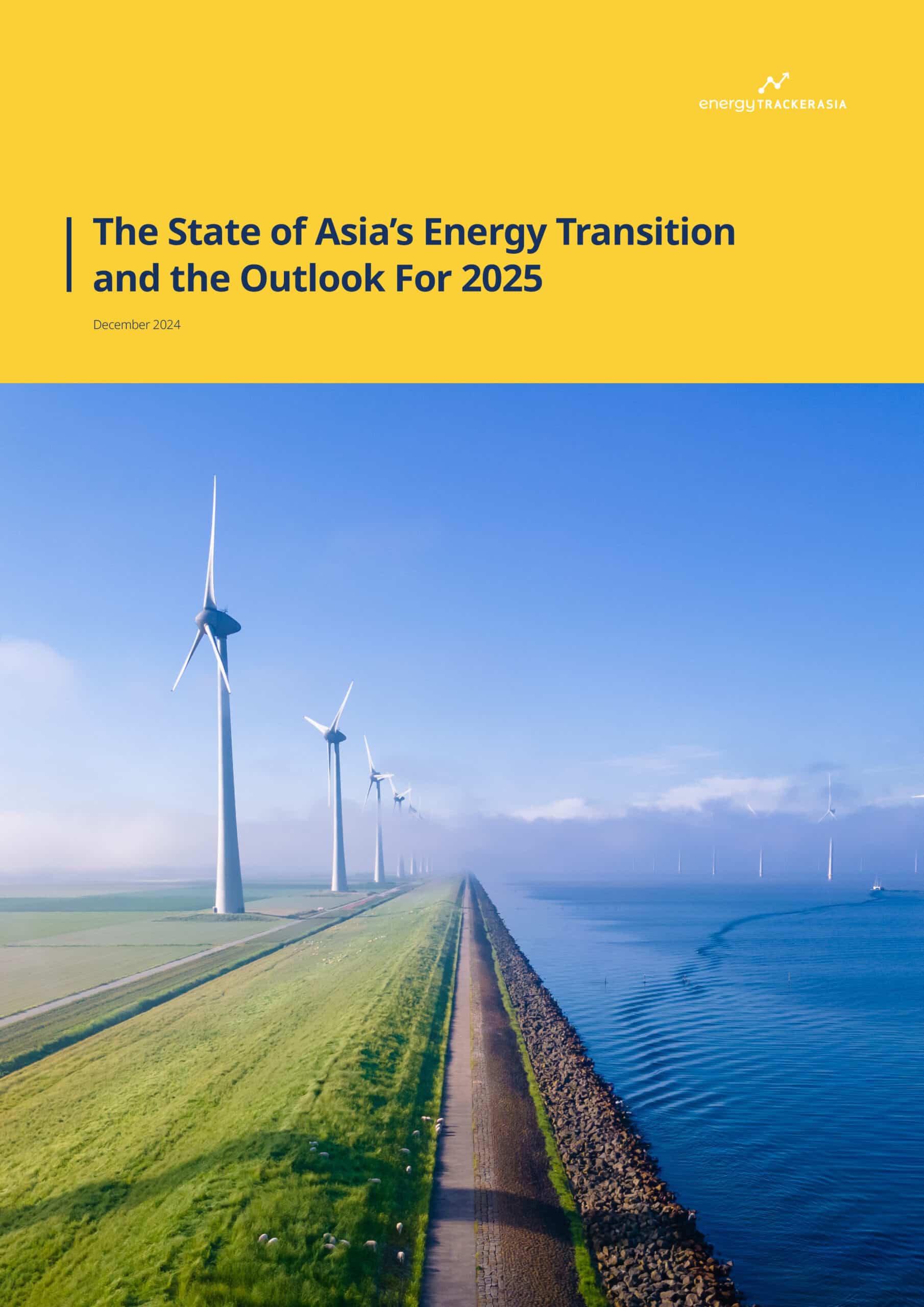Solar Energy in India: From Potential to Power
Source: Scroll.in
07 May 2025 – by Eric Koons
India is rapidly becoming a global leader in renewable energy, and solar energy in India is central to this transformation. With abundant sunshine, ambitious government targets and a compelling need to reduce pollution and fossil fuel dependence, solar energy in India is not just a sustainable choice — it’s essential.
India’s Solar Energy Capacity
India’s solar energy capacity has experienced remarkable growth. As of 2024, India boasted approximately 97 GW of installed solar capacity, only behind China and the United States. This is a substantial leap from just 3.8 GW in 2014.

Rural and urban areas have significantly benefitted from this expansion, with large-scale installations and smaller rooftop solar systems gaining popularity. The Bhadla Solar Park in Rajasthan, currently the world’s largest solar park, exemplifies India’s solar ambition, generating around 2.2 GW.
Other notable projects contributing to India’s solar growth include the Rewa Ultra Mega Solar Park in Madhya Pradesh, producing 750 MW, and numerous rooftop solar initiatives that cumulatively add substantial capacity nationwide.
Opportunities for Expansion of Solar Energy in India in 2025
India’s rapid progress in solar adoption is only the beginning. With supportive infrastructure, growing energy demand and increasing urgency to decarbonise, the nation stands at a pivotal moment to scale up.
Potential for Increased Total Capacity
India receives between 4 and 7 kWh per square metre of solar irradiance daily. Regions like Rajasthan, Gujarat and Andhra Pradesh offer particularly high solar potential due to the extensive land available and optimal climatic conditions. According to the Ministry of New and Renewable Energy (MNRE), India’s total solar energy potential is estimated at approximately 750 GW, highlighting significant untapped opportunities.

Technological Advancements
Recent technological advancements have greatly enhanced solar viability in India. Photovoltaic (PV) cell efficiencies have improved markedly, reaching approximately 24% efficiency in commercial solar PV modules. Battery storage solutions are becoming increasingly cost-effective, and smart grid innovations are enhancing grid stability and reducing wastage. Notably, the cost of solar modules has dropped by around 85% since 2010, according to data from the International Renewable Energy Agency (IRENA), further incentivising widespread adoption.
Another important note for India is that its domestic solar module production capacity is currently at 7 GW annually and is projected to increase. Major domestic solar companies are shifting their entire solar value chain production domestically and investing in improving production efficiency.

Policy Support and Incentives
Government support through various policies has driven rapid growth in India’s solar sector. The PM-KUSUM scheme specifically targets farmers, aiming to add around 35 GW of solar power through decentralised installations by 2025. This is supported by government financing worth USD 4.12 billion.
Additionally, rooftop solar subsidies and net-metering policies encourage urban adoption, significantly lowering solar panels installation costs for homeowners and small businesses. These policy frameworks have created a thriving market, attracting both domestic and international investments.
India’s Renewable Energy Target by 2030
This expansion of solar energy capacity is critical for India to reach its ambitious targets. The country is aiming for 280 GW of solar capacity by 2030, contributing to a broader goal of 500 GW of renewable energy. These targets are central to India’s energy transition strategy, significantly reducing dependence on imported fuels and improving energy security. Internationally, these targets support India’s commitments made during COP28 and the Paris Agreement, showcasing its dedication to sustainable development and global climate leadership.
Future of Solar Power in India
Solar power in India offers economic, health and environmental benefits essential to India’s future. Economically, transitioning to solar and wind power significantly reduces energy costs, lowers import dependence on fossil fuels (which currently accounts for 85% of India’s oil consumption) and fosters job creation. The renewable energy sector could generate around 1 million jobs by 2030.
Public health benefits of solar energy in India are equally compelling. By cutting air pollution through reduced fossil fuel usage, India could significantly decrease pollution-related illnesses and associated healthcare costs. India has 21 of the world’s top 30 cities with poor air quality. As a result, air pollution currently causes around 2 million deaths annually in India, making clean energy vital for public health.
Environmentally, solar power substantially lowers carbon emissions, playing a critical role in helping India meet its climate commitments. Under the Paris Agreement, India has pledged to reduce the emissions intensity of its GDP by 45% from 2005 levels by 2030 and to achieve 50% of its cumulative electric power capacity from non-fossil fuel sources by the same year. These reductions are essential for attaining India’s broader goal of reaching net-zero emissions by 2070, a target reaffirmed at COP26.
Ultimately, continued solar development is not just beneficial, it is critical for India’s sustainable and equitable future.
by Eric Koons
Eric is a passionate environmental advocate that believes renewable energy is a key piece in meeting the world’s growing energy demands. He received an environmental science degree from the University of California and has worked to promote environmentally and socially sustainable practices since. Eric’s expertise extends across the environmental field, yet he maintains a strong focus on renewable energy. His work has been featured by leading environmental organizations, such as World Resources Institute and Hitachi ABB Power Grids.
Read more





